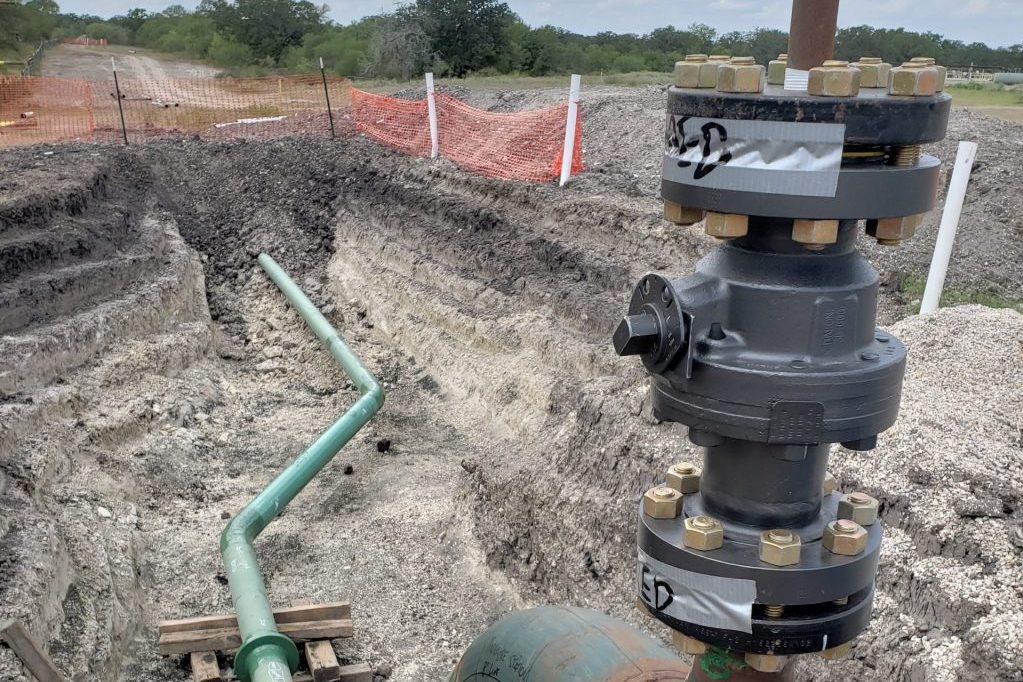IIA's Field Services Division Specializes in Validating ILI PIG Data

Inline Validation (ILI) is an extremely common, non-destructive examination practice that uses tethered and untethered “smart pigs” to detect internal pipe irregularities or damage. A PIG is a Pipeline Inspection Gauge used for Inline Validation. “Pigging,” as it is called, is used within many industries, specifically within the oil and gas industry. ILI is a valuable examination tool used for the internal inspection of far-reaching pipelines.
ILI “pigging” is traditionally known for cleaning pipes, but modern PIGs also detect and collect data regarding cracks, deformations, and corrosion. Pigging is now a less time-consuming and a more cost-effective task than it used to be.
While PIGs are extremely efficient at locating an area of degradation in an expansive pipe, unfortunately much of the data returned from Inline Validation Pigging is gravely inaccurate, specifically as it pertains to wall-loss.
“Historically, PIG Data has been incorrect as far as the percentage of wall-loss. This data, about 80% of the time, is inaccurate, and IIA is brought in to validate,” states Douglas Keen, Director of Operations for IIA's Field Services Advanced NDE Group.
Regarding incorrect data, for example, if a large inspection company uses a PIG for cleaning and inspecting a pipe, that PIG data could indicate a 40% wall-loss in an 18-foot section of the pipe. With a wall-loss that large, replacement is the only option. Depending on the industry, replacement of this portion of underground pipe could result in hundreds of thousands (or even millions) of dollars in preparation, repair work and subsequent pipe replacement.
It is always worth obtaining a third-party, such as IIA's Field Services, to validate PIG data before moving forward with such a monumental endeavor and exorbitant expense. ILI validation can be obtained at a fraction of the cost of pipe replacement.
IIA's Field Services Division uses a more fine-tuned form of internal pipe inspection. IIA can examine the same aforementioned 18-foot section of pipe, but conducts the inspection in millimeters. To put this in perspective, IIA’s engineers inspect the internal pipeline at a micro-level, while other inspections are conducted at a macro-level.
As Douglas Keen explains, “The difference between the two varying inspections is that IIA collects data every millimeter, while the competition collects data over inches.” Specifically, as it pertains to wall-loss, these broad scope (or “macro-level”) inspections often produce inaccurate data. Essentially, says Keen, “they are using a sword, and we are using a scalpel.”
Once IIA's Field Services Division conducts a micro-level inspection, the original PIG data is confirmed or negated.
Regardless of project size, IIA's Field Services Division is the right choice for your evaluation needs. IIA provides superior inspection, rapid results, and outstanding customer service. Count on IIA's Field Services Division for third-party PIG data validation, which is a step that can potentially save millions of dollars worth of unnecessary labor, repair and replacement costs.




